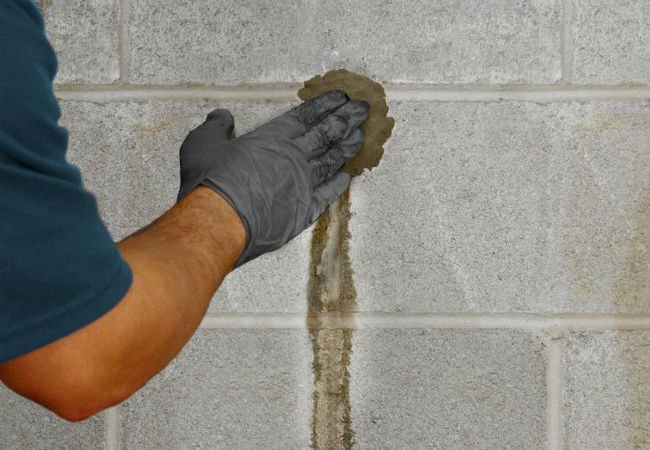In the walls of the houses, over the years, leakage can be created. The cause of this problem is often attributed to the broken pipes of the plumbing system. A factor which, if not taken in time, can be aggravated. Another reason can be attributed to atmospheric agents, such as the rain that is continually hitting the external walls, which can create leakage. Leakage is a difficult problem to solve with DIY. This is because the work to be done involves a preventive phase to understand the origin of the damage. So it is advisable to get help from technicians in the sector, choosing together how to intervene. In the following guide, I explain how to stop water leakage from wall.
Steps to stop water leakage from wall
- Raised modules
- Concrete
- Osmotic plaster
- Anti-humidity paint
- Waterproof membrane
- Stucco
- Anti-mold water-based paint
- Malta
- Automatic rollers
- Brushes with dense bristles
- Spatulas

Create an empty cavity
Water leakages into homes can be of various kinds. There are the most serious ones that start from the roof, also affecting the walls. The problem can derive from poor quality and poorly insulating tiles, which over time, produce these effects. But leakages can also start from the ground floor, due to the proximity of an aquifer. Therefore, to intervene, an empty interspace can be created.
This work consists of creating a space on the floor, placing modules and forming a ventilated crawl space. The technique varies according to the type of intervention. If this affects a building to be completely renovated, excavation is carried out before placing them. The base is then covered with concrete and leveled to perfection.
Create multiple chemical barriers
Underground rooms are often subject to water leakage into the walls. This happens because the walls rest on the ground. There are various techniques to restore the environment and they are very valid. The first is to create multiple chemical barriers so as not to infiltrate the water. But to do this job well, you need to waterproof the walls and the ground properly. Using a water repellent product solution during the renovation of the walls. The latter must be injected into the walls with special tools.
Create a continuous seal barrier
To conclude, another technique is to create a continuous seal barrier. Making a waterproof layer with a section of masonry, which will later serve to protect the walls. To do this work, resistance and specific plasters are used by building an internal barrier on the walls. Beyond this work, it is essential to lay the plaster on the floor. Thus forming a sort of basin. Then add some natural lime for the inside. While for the outside, use waterproof lime.
The crawl space cavity can and can be made, also using granules for ventilation. This material is placed on the ground, leveled and then the waterproof membrane is placed on top.




